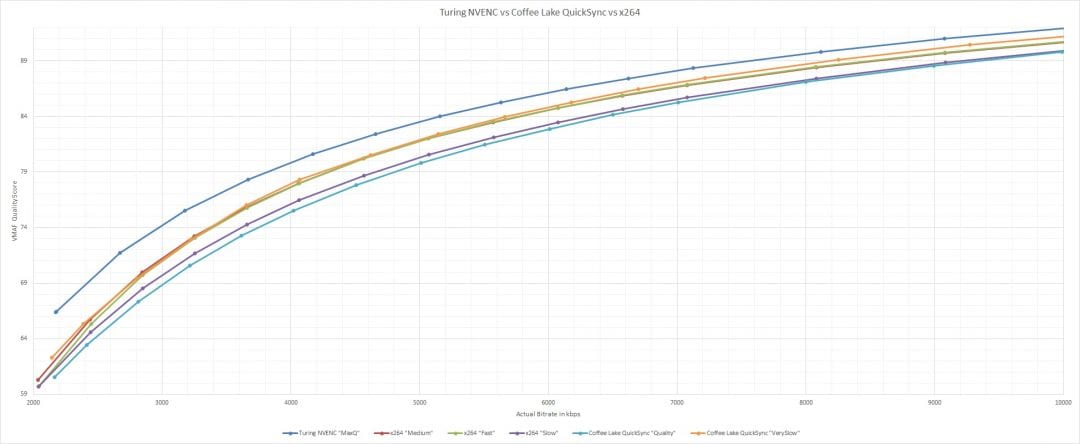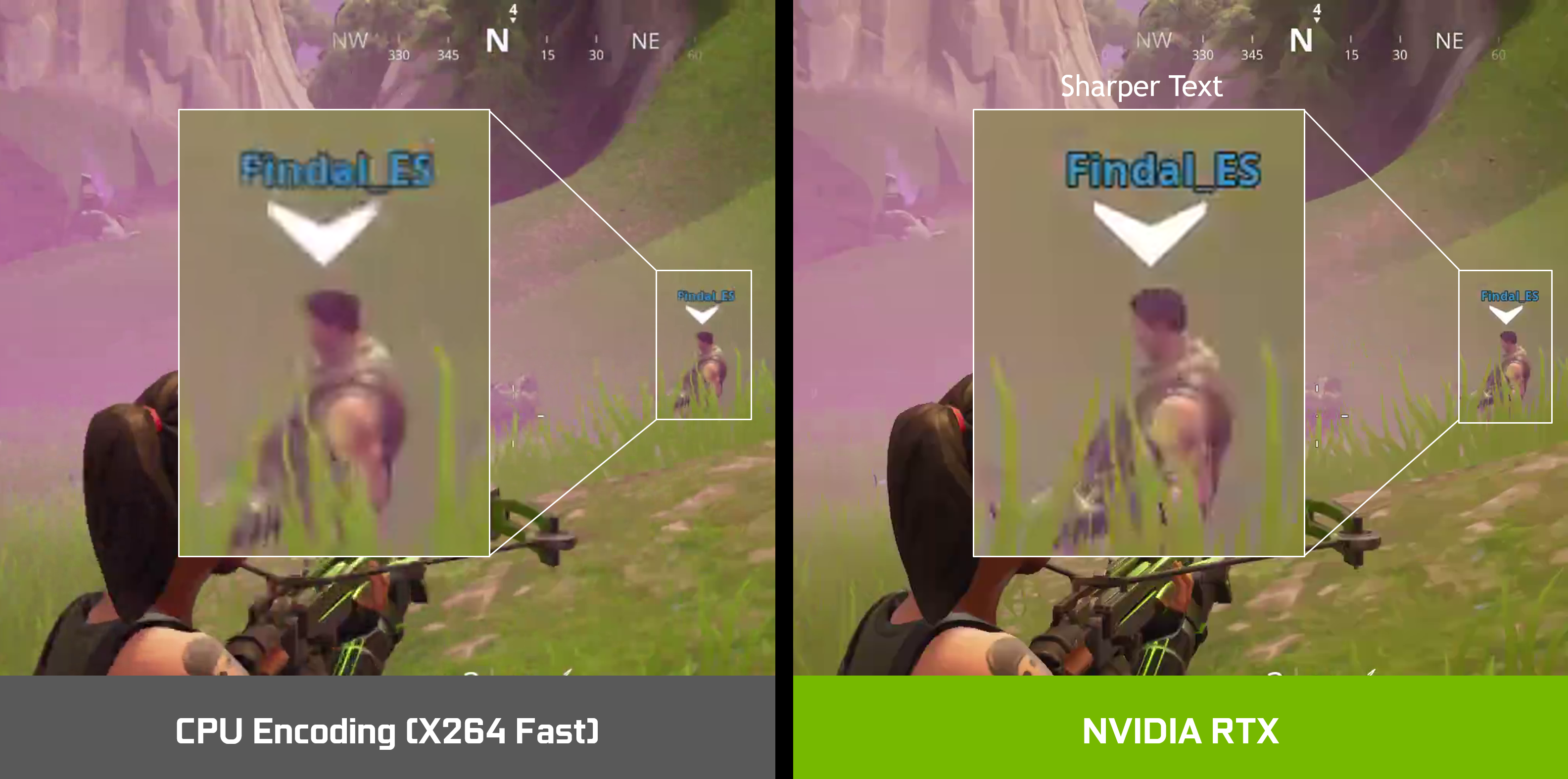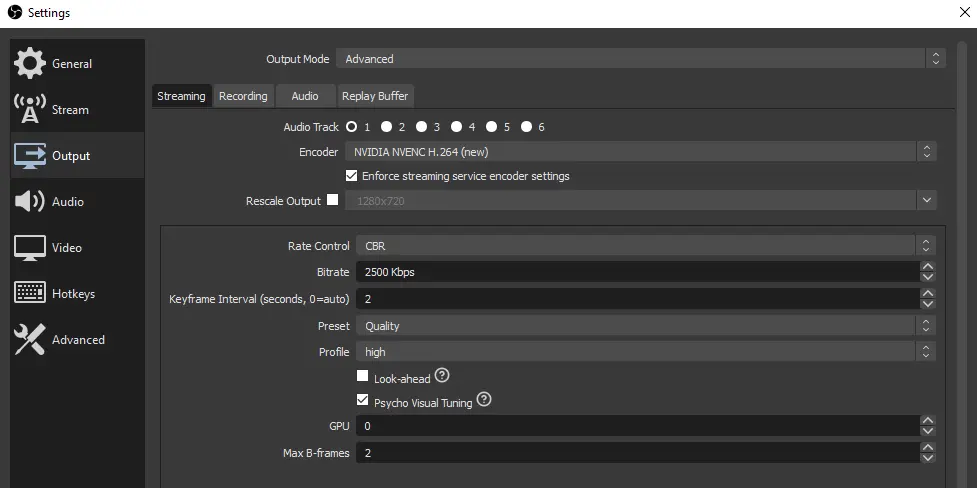
If it’s going ok, adjust from there or leave it on veryfast.
#Quicksync vs x264 obs Pc#
So when is x264 useful? Well, as mentioned before, if you have a killer CPU (like an AMD Ryzen 9), but you also have an AMD graphics card and want to avoid using AMF encoding, you might want to consider using x264 set to faster or fast.Īlso, if you’re using an older PC and don’t have access to the NVENC encoder, use x264, set the CPU Usage Preset to veryfast, and use that as your baseline to see how your CPU handles it. Other good options include faster, fast, and medium, which is much higher quality, with medium being a significant jump from the baseline of very fast. It’s essentially the benchmark by which NVENC and AMF are measured. Very fast is the standard, and fine for 99% of streamers. Placebo is the slowest, but also so incredibly close to veryslow that it’s not even worth using (hence the name placebo). On the other hand, slower speeds mean more CPU power is spent on each frame, and therefore the quality increases. x264 Slow was the slowest, averaging 70fps and dipping to about 63fps for approximately 7-10 of the frames. All were done in real-time or faster, with Turing 3xRT, QSV 2xRT and x264 between 1xRT-2xRT. x264 encodes were done on an i7-8086k CPU. Faster speeds mean the encoder processes the video faster and uses fewer CPU cycles, but is also lower quality. QuickSync was done on QuickSync version 6 (Coffee Lake). When selecting a x264 you can then adjust the CPU Usage Preset from ultrafast all the way down to slow and placebo.

While Nvidia is actively working to attract more streamers to their hardware by officially supporting their own encoder (NVENC), AMD has kept AMF open-source and rely on their community to keep it running. AMFĪdvanced Media Framework (AMF) is the encoder AMD graphics card users are supposed to use, but there’s a bit of a catch. It's an open source project maintained by the VideoLAN.

On the other hand, x264 is a video encoder, a particular implementation of H.264 which compresses video files.
#Quicksync vs x264 obs software#
If you plan on streaming and video editing, and you’re in the market for a new PC, you might want to look into getting an Nvidia GPU. x264 is a free software library and application for encoding video streams into the H.264/MPEG-4 AVC compression format, and is released under the terms of the GNU GPL.

On a side note, video editors like Adobe Premiere and DaVinci Resolve can also take advantage of NVENC and save you a lot of time when rendering a video project. If you dont need the performance boost (chances are you dont if you. You might not want to use it is if you’re using x264 (more details below), which can deliver better quality video rendering when tuned correctly, but for most streamers who seek to strike a balance between performance and quality, NVENC is amazing and absolutely the way to go. improvements have been made to quick sync but is still not as good as CPU x264 encoding. OBS can detect it automatically, so if you have the option to use NVENC in OBS, there’s really no reason not to at least try it.


 0 kommentar(er)
0 kommentar(er)
